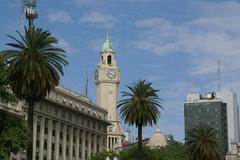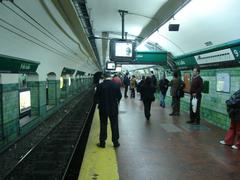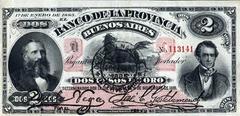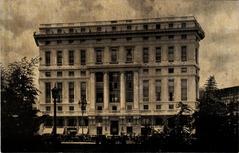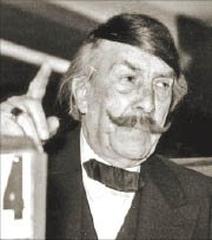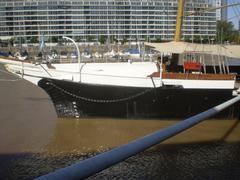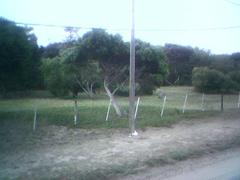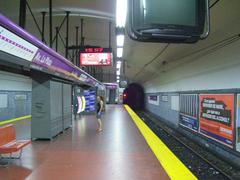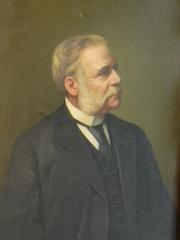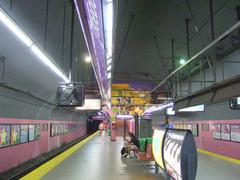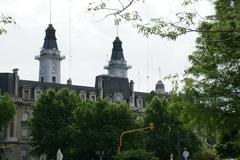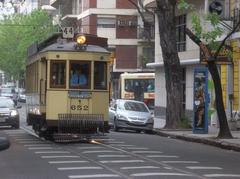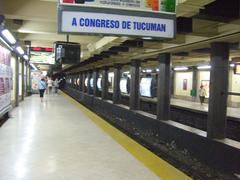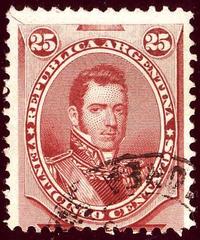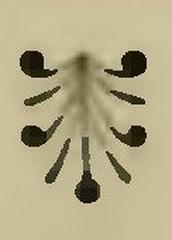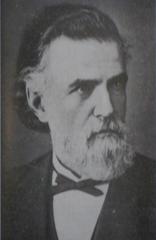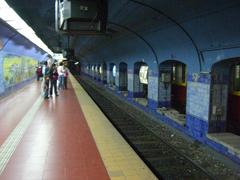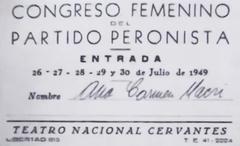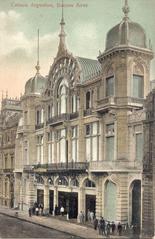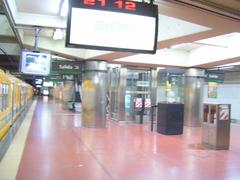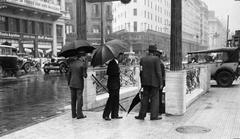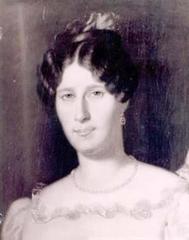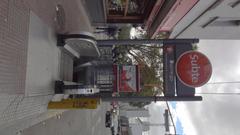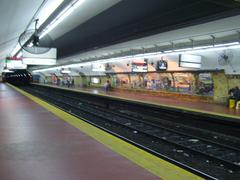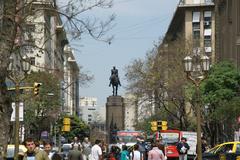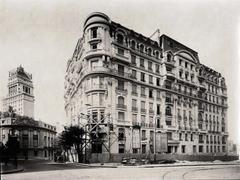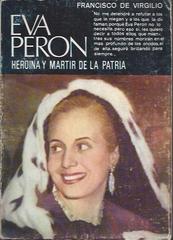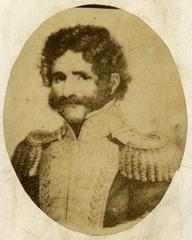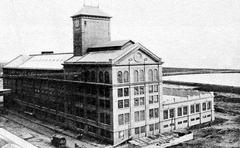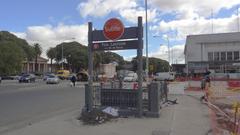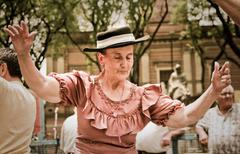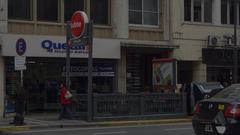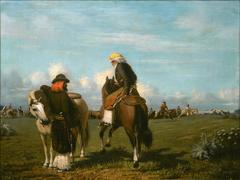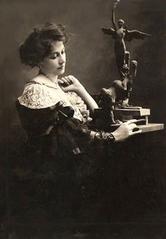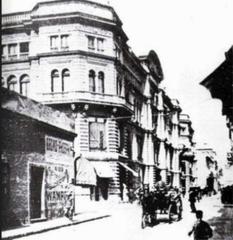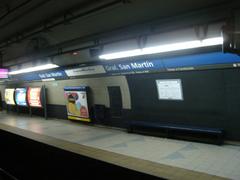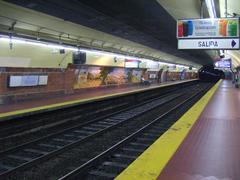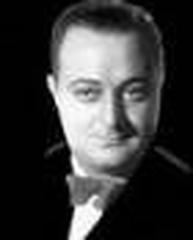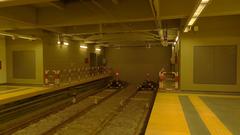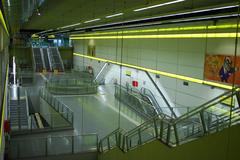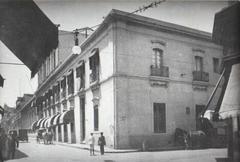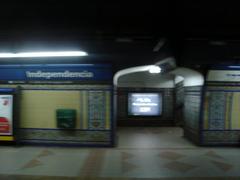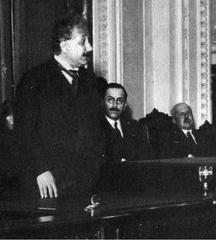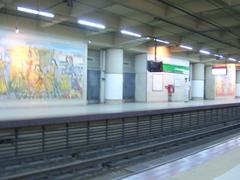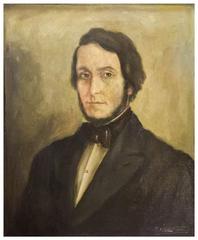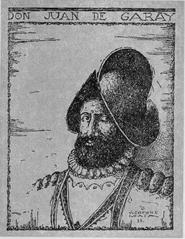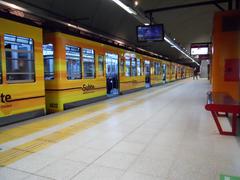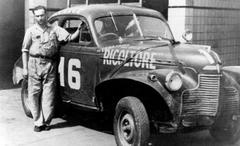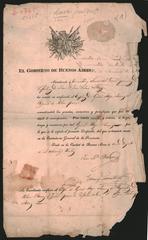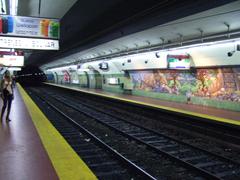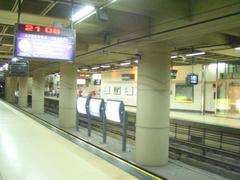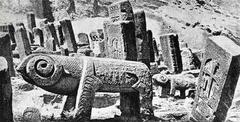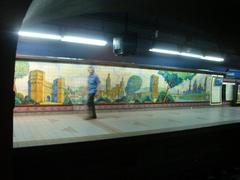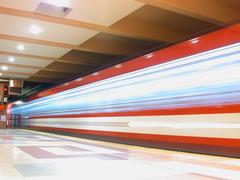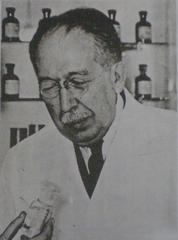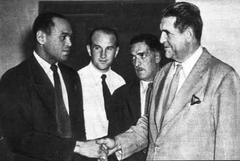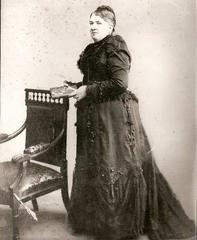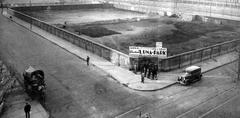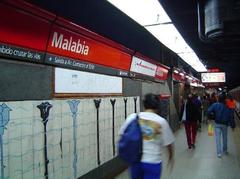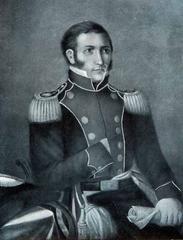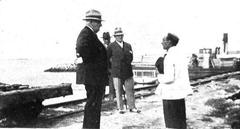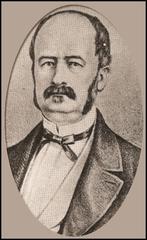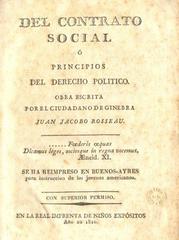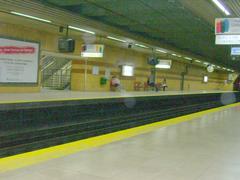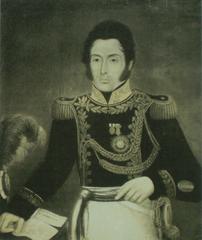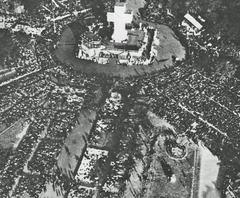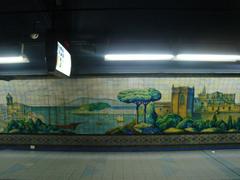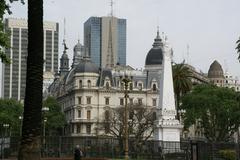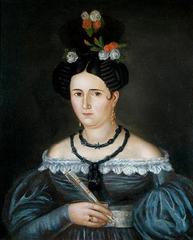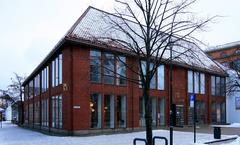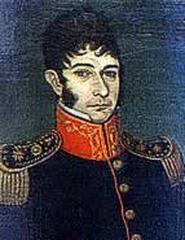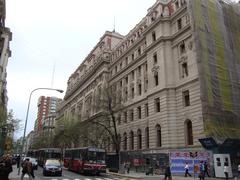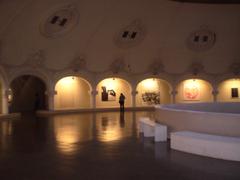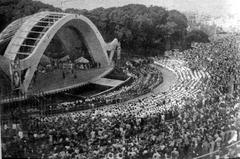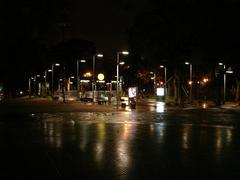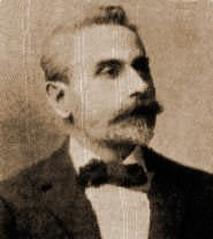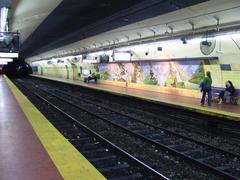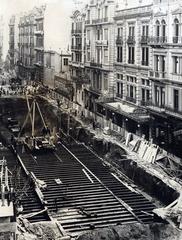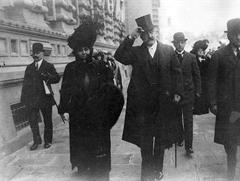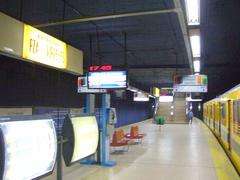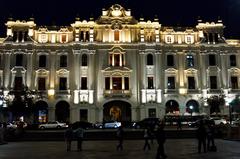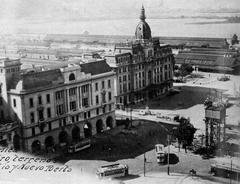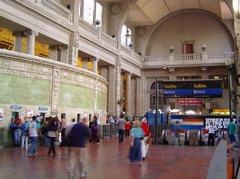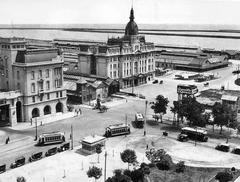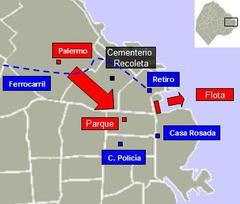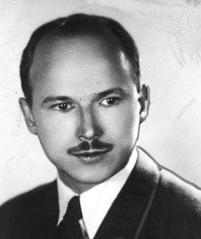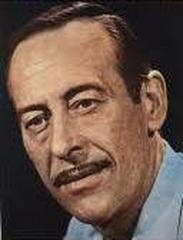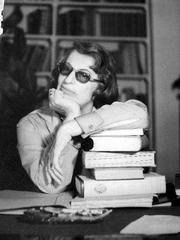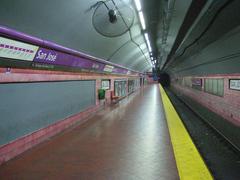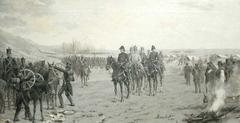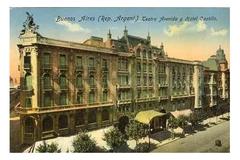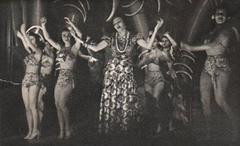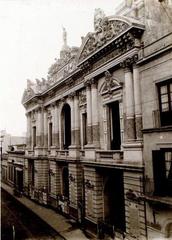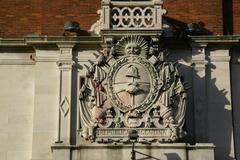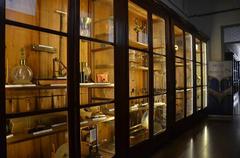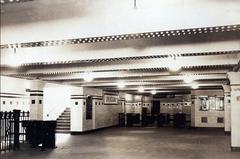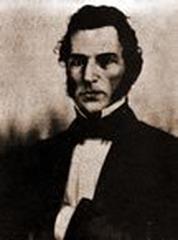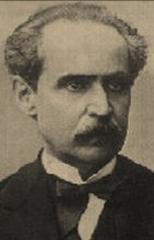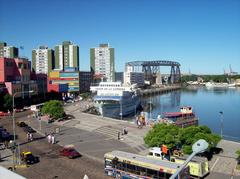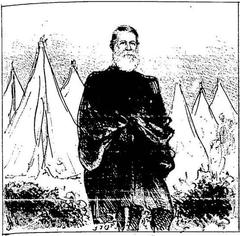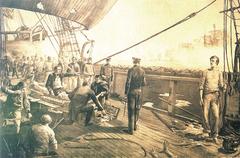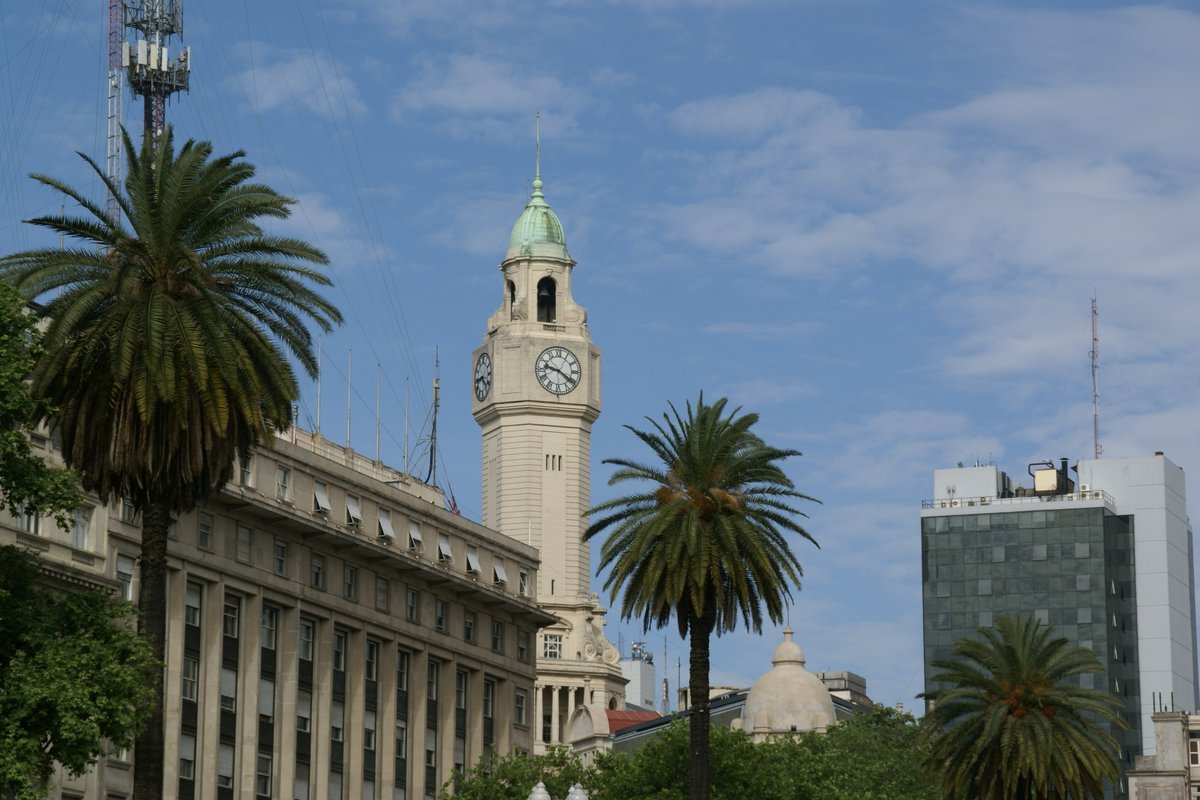
Visiting Hours, Tickets, and Historical Sites: Comprehensive Guide to Plaza de Mayo, Buenos Aires
Date: 16/07/2024
Introduction
Plaza de Mayo, situated in the bustling heart of Buenos Aires, Argentina, stands as a monumental symbol of the nation’s storied past and dynamic present. Established in 1580 by Spanish colonizer Juan de Garay, this historic square has played a pivotal role in Argentina’s socio-political and cultural landscape. Over centuries, it has been a stage for revolutionary fervor, political rallies, and social movements that have shaped the country’s destiny (Buenos Aires Ciudad) (History.com) (Encyclopedia Britannica) (Casa Rosada) (BBC History) (Mothers of Plaza de Mayo).
The Plaza de Mayo gained its current name in honor of the May Revolution of 1810, a watershed moment that ignited Argentina’s struggle for independence from Spanish rule. It has since witnessed significant events such as the declaration of independence celebrations, the rise and fall of political leaders, and the poignant protests by the Mothers of Plaza de Mayo during the military dictatorship of 1976-1983. Today, the plaza is more than just a historic site; it is a living testament to Argentina’s resilience and spirit of activism.
Surrounded by architectural marvels like the Casa Rosada, the Metropolitan Cathedral, and the Cabildo, Plaza de Mayo offers visitors a rich tapestry of history and culture. Whether you are a history enthusiast, a culture aficionado, or a curious traveler, a visit to Plaza de Mayo provides a unique window into the soul of Buenos Aires. This guide aims to provide comprehensive information on visiting hours, ticketing, nearby attractions, and travel tips to ensure you make the most of your visit.
Table of Contents
- Introduction
- History of Plaza de Mayo
- Visitor Information
- Nearby Attractions and Travel Tips
- Special Events and Tours
- Conclusion
- FAQ
History of Plaza de Mayo
Colonial Beginnings
Plaza de Mayo, located in Buenos Aires, Argentina, has been a central point of the city since its foundation. The plaza was established in 1580 by Spanish colonizer Juan de Garay, who named it Plaza Mayor. It was initially designed as the main square of the city, serving as a hub for social, political, and economic activities. The square was surrounded by important colonial buildings, including the Cabildo, which served as the town hall and the seat of the colonial government (Buenos Aires Ciudad).
The May Revolution
The plaza gained its current name, Plaza de Mayo, in honor of the May Revolution of 1810, which marked the beginning of Argentina’s struggle for independence from Spanish rule. On May 25, 1810, a series of revolutionary events took place in the plaza, leading to the establishment of the first local government, the Primera Junta. This event is commemorated annually as a national holiday, and the plaza remains a focal point for celebrations and political demonstrations (History.com).
19th Century Developments
Throughout the 19th century, Plaza de Mayo continued to be a site of significant historical events. In 1816, the Declaration of Independence was proclaimed in the nearby city of Tucumán, but the celebrations and public announcements took place in Plaza de Mayo. The plaza also witnessed the rise and fall of various political leaders and movements, including the presidency of Juan Manuel de Rosas, who ruled with an iron fist from 1829 to 1852 (Encyclopedia Britannica).
The Pink House and Political Symbolism
One of the most iconic buildings in Plaza de Mayo is the Casa Rosada, or the Pink House, which serves as the executive mansion and office of the President of Argentina. The building’s distinctive pink color is said to symbolize the blending of the red and white colors of the opposing political factions of the 19th century. The Casa Rosada has been the backdrop for numerous significant events, including speeches by Eva Perón, who addressed the masses from its balcony in the 1940s and 1950s (Casa Rosada).
The Perón Era
The mid-20th century saw Plaza de Mayo become a stage for the dramatic political events of the Perón era. Juan Domingo Perón, who served as President of Argentina three times, used the plaza to rally support and communicate with the public. His wife, Eva Perón, also known as Evita, became a beloved figure, and her speeches from the Casa Rosada balcony are legendary. The plaza was the site of massive gatherings, both in support of and in opposition to the Peróns (BBC History).
The Mothers of Plaza de Mayo
One of the most poignant chapters in the history of Plaza de Mayo is the story of the Mothers of Plaza de Mayo. During the military dictatorship from 1976 to 1983, thousands of people were disappeared by the regime. The Mothers of Plaza de Mayo began marching in the plaza in 1977 to demand the return of their missing children. Their weekly demonstrations brought international attention to the human rights abuses in Argentina and continue to this day as a symbol of resistance and memory (Mothers of Plaza de Mayo).
Visitor Information
Visiting Hours
Plaza de Mayo is open to the public 24 hours a day, though individual buildings like the Casa Rosada may have specific visiting hours.
Tickets
Entry to the plaza is free. However, guided tours of the Casa Rosada are available and can be booked in advance on the official website (Casa Rosada Tours).
Best Times to Visit
The best times to visit are during the morning or late afternoon to avoid the midday heat. Weekdays are less crowded compared to weekends and public holidays.
Nearby Attractions and Travel Tips
Metropolitan Cathedral
Located on the northwest corner of the plaza, this cathedral is the principal church of Buenos Aires and an architectural marvel.
Cabildo
This historic building now serves as a museum showcasing colonial-era artifacts.
Museo Casa Rosada
A museum dedicated to the history of the Casa Rosada and Argentine politics.
Travel Tips
Wear comfortable shoes, bring water, and be mindful of your belongings. Public transport is convenient, with several bus and subway lines stopping near the plaza.
Special Events and Tours
Guided Tours
Many companies offer guided tours of Plaza de Mayo and its surrounding historic sites. These tours provide in-depth historical context and are available in multiple languages.
Special Events
Plaza de Mayo is a hub for national celebrations, political rallies, and cultural events. Check local listings for upcoming events during your visit.
Photography Spots
The Casa Rosada and the May Pyramid are popular spots for photography. Early morning and late afternoon provide the best lighting.
Conclusion
Plaza de Mayo is more than just a square; it is a living testament to Argentina’s vibrant and tumultuous history. Whether you’re a history buff, a culture enthusiast, or just looking to explore Buenos Aires, Plaza de Mayo offers a unique glimpse into the soul of the nation. Plan your visit, soak in the history, and take a moment to appreciate the stories that this iconic plaza has to tell.
FAQ
Q: What are the visiting hours for Plaza de Mayo? A: Plaza de Mayo is open 24/7, but individual buildings like the Casa Rosada have specific visiting hours.
Q: Are there guided tours available? A: Yes, guided tours of the Casa Rosada and the surrounding area are available and can be booked in advance.
Q: Is there an entry fee for Plaza de Mayo? A: Entry to the plaza is free, though some museums and guided tours may charge a fee.
Call to Action
For more travel tips and guides on Buenos Aires and other Argentine historical sites, download the Audiala mobile app, follow us on social media, and check out our related posts!
